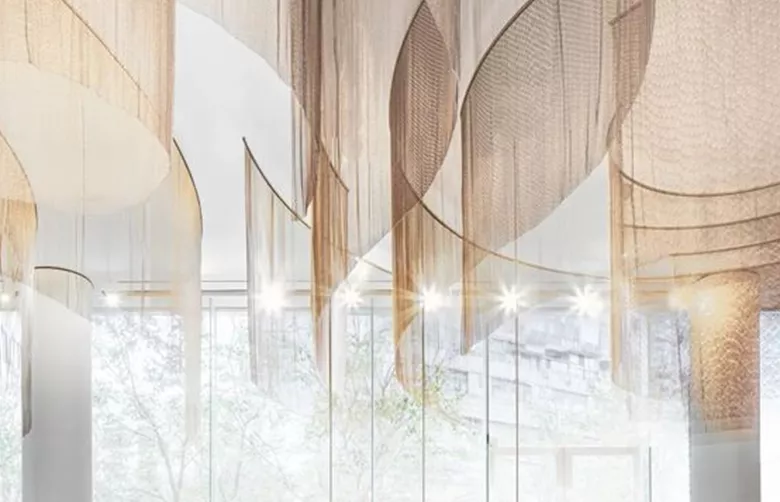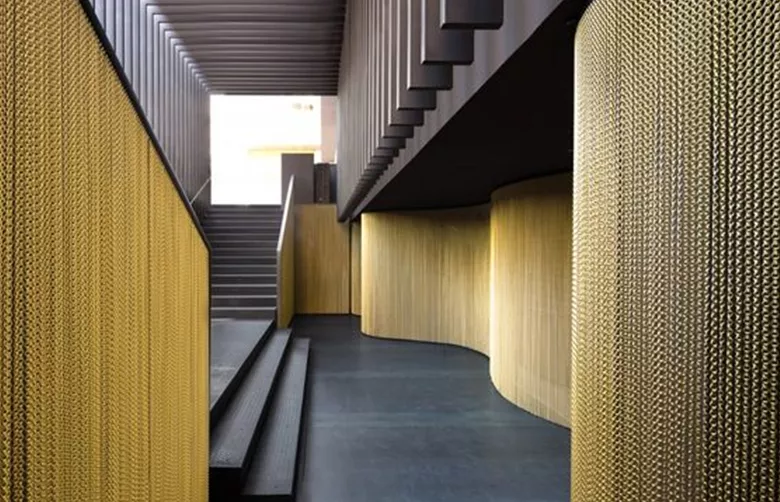-
About UsProductsCustomized SolutionProjectGalleryNews
Addressing the Importance of Properly Weighing Woven Metal Interiors When Installing
Release time: July 20, 2023When installing Woven Metal Interiors trim, the weight of the material plays an important role in the installation process and the overall performance of the product. Here are some of the implications of weight on the importance of properly weighing Woven Metal Interiors when installing:
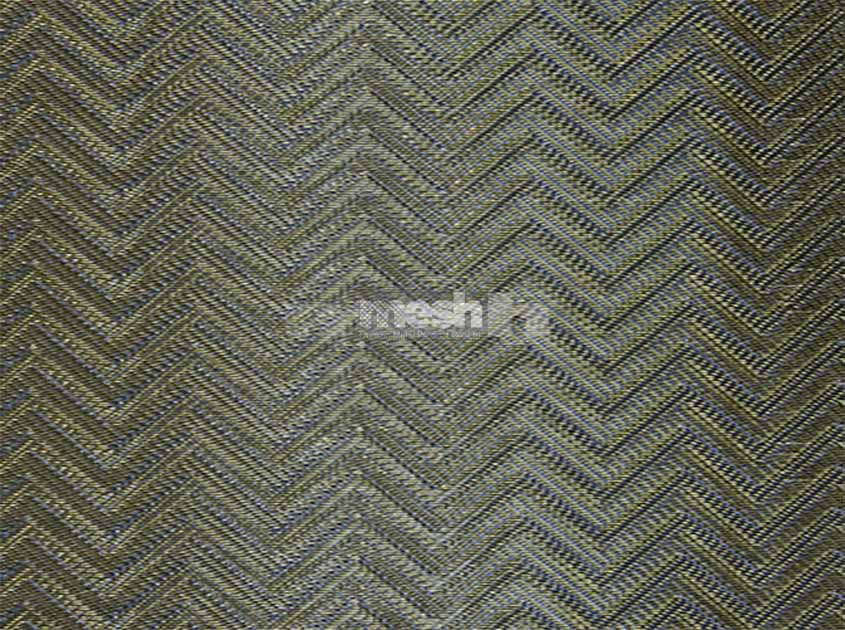
Structural Integrity: The weight of the Woven Metal Interiors is critical to its structural integrity. If the material is too lightweight, it may not be able to withstand the stress and strain of everyday use. On the other hand, if the material is too heavy, it may place excessive stress on the structure in which it is installed.
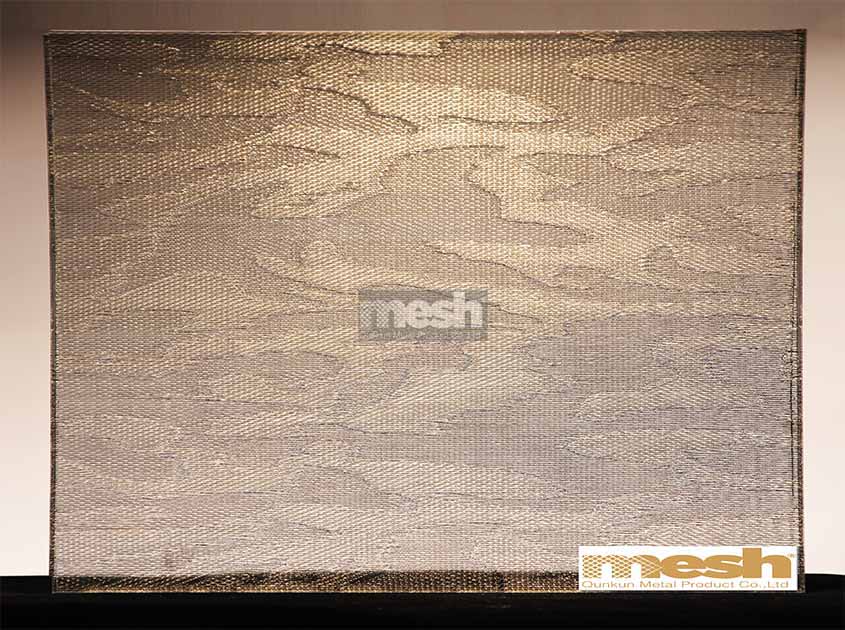
Installation: The weight of Woven Metal Interiors can also affect the installation process. If the material is too heavy, it may be difficult to handle and install, requiring special equipment or additional labor. If the material is too lightweight, it may be easier to install, but may not provide the necessary strength and durability.
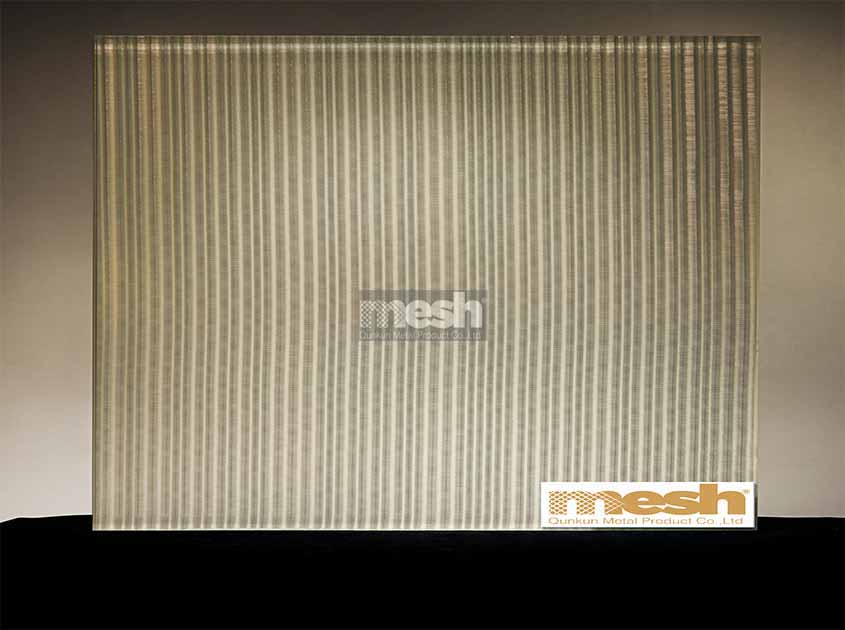
Maintenance: The weight of a Woven Metal Interiors can also affect its maintenance requirements. If the material is too heavy, it may be difficult to clean or repair, requiring specialized equipment or professional help. If the material is too light, it may be more susceptible to damage or wear, requiring frequent maintenance and replacement.
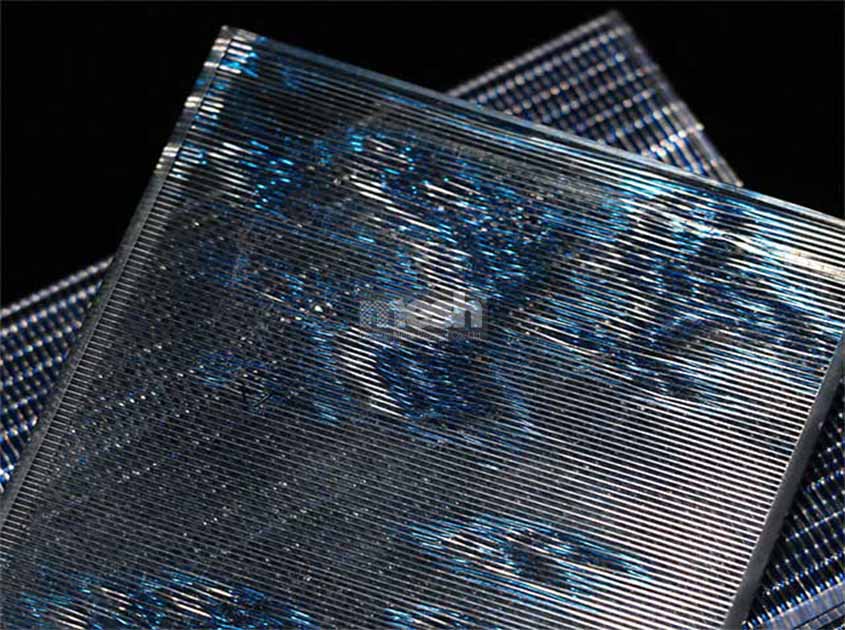
Cost: The weight of a Woven Metal Interiors will also affect its cost. Heavier materials may be more expensive to produce and ship, while lighter materials may be cheaper but may not provide the necessary strength and durability.
In conclusion, the weight of a Woven Metal Interiors is an important factor affecting its installation, performance and maintenance. Properly weighing materials before installation helps ensure their structural integrity and durability. It is important to choose a material that is suitable for the intended use, considering its weight, strength and cost. By doing this, you can ensure that your Woven Metal Interiors provides the necessary functionality and aesthetics to your space.
Recommended News



